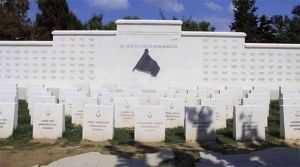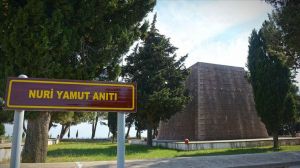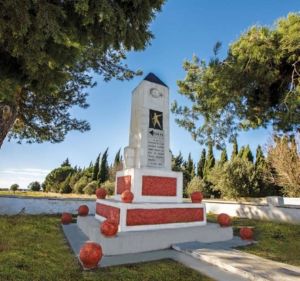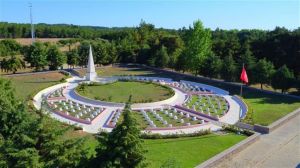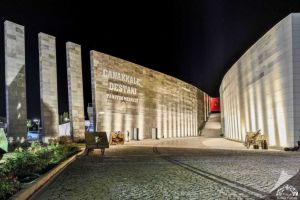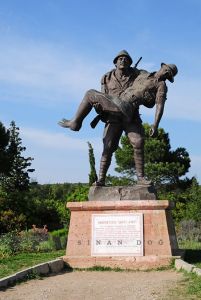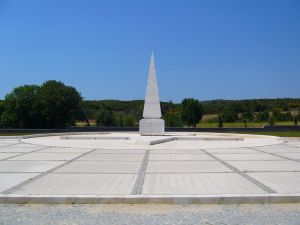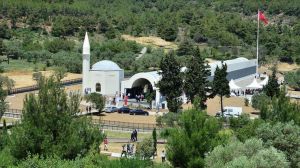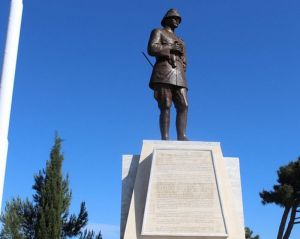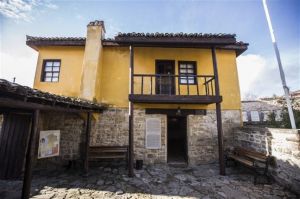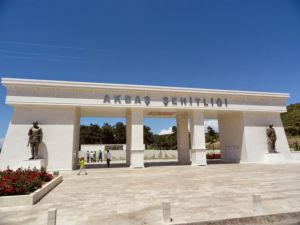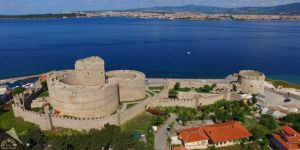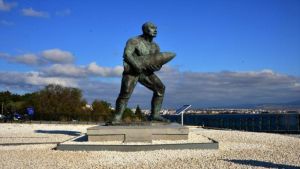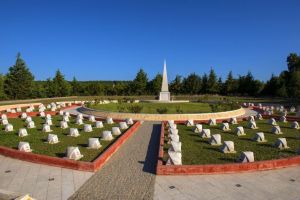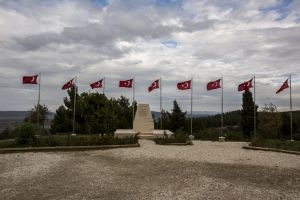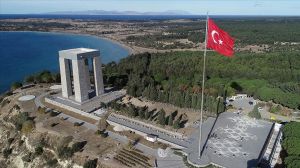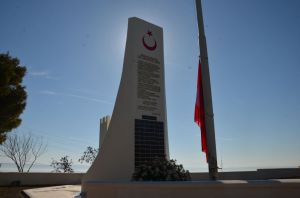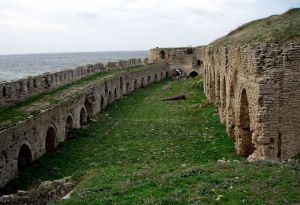The route of the Gallipoli Peninsula
The route of the Gallipoli Peninsula
The Gelibolu Peninsula Historical National Park is located in the Marmara Region, within the borders of Çanakkale Province. It was declared a National Park in 1973. Its surface area is 33,490 hectares. It is 490 hectares. Within the boundaries of the Gelibolu Peninsula Historical National Park there are 1 municipality (Eceabat) and 8 villages.
The Gelibolu Peninsula Historical National Park is located in the Marmara Region, within the borders of Çanakkale Province. It was declared a National Park in 1973. Its surface area is 33,490 hectares. It is 490 hectares. Within the boundaries of the Gelibolu Peninsula Historical National Park there are 1 municipality (Eceabat) and 8 villages.
The Battles of Çanakkale are an epic defense of the Turkish Nation against the most powerful states of the world, won by the superhuman resistance under the leadership of Colonel Mustafa Kemal. In this eight-and-a-half-month war, both sides of the Bosphorus became hell, with nearly half a million lives lost.
In the Battle of Çanakkale, one of the largest battles in the world fought between the Allied Powers and the Ottoman Army in the First World War, monuments to the memory of hundreds of thousands of casualties and martyrdoms are a reminder of the suffering of the war as well as one of the great victories of history. Monuments that rise above the sacred memories of more than 250,000 Turkish martyrs and another 250. The National Park, which includes monuments to the sacred memories of more than 10,000 Turkish martyrs and the graves of more than 250,000 British, French, Australian and New Zealand soldiers, today speaks to the world about the value of peace. The National Park, which includes the burial sites of over 20,000 British, French, Australian and New Zealand soldiers, today speaks to the world about the value of peace. Within the Gelibolu Peninsula Historical National Park there are 56 indigenous monuments and 35 Foreign Tombs and Monuments of Martyrdom.
Every year, on March 18 and April 24, the Battles of Canakkale Land and Sea are commemorated with ceremonies.
Monument to the Martyrs of Çanakkale
It is located on Fort Hill, which rises behind Morto Bay, at the tip of the Gallipoli Peninsula. It was built in memory of those who were martyred in the Battle of Çanakkale. The foundation stone was laid on 19 April 1954 and it was opened for visitors on 21 August 1960. The reliefs at the foot of the main caid were completed in 2002, and in 2004 changes were made to the ceremonial area and the symbolic martyrdom. The monument, which was restored in 2005, took its final form in 2007 with the construction of a new martyrdom on the site where it was located.
The monument, which is 41.70 cm high, rises over four feet in an area of 625 square meters. The 70 cm monument rises on all fours over an area of 625 square meters. From a distance, it looks like the letter M of Mehmetçi. A Turkish flag is carved from mosaic on the ceiling of the monument.
On the left side of the entrance of the monument is a symbolic martyrdom made in 1992 for our martyrs who gave their lives, their most precious possessions, running from every corner of our country to Çanakkale.
Immediately to the right of the entrance gate of the martyrdom are the words written by Mustafa Kemal in 1934 addressing foreign soldiers and read by the Minister of the Interior of the time, Şükür Kaya, on Anzak Day:
Mothers who send their children to war from distant lands, wipe away your tears. Your children are in our hearts. They are at peace, and they will sleep in peace. After they gave their lives on this land, they are now our children. Oh, my God.

